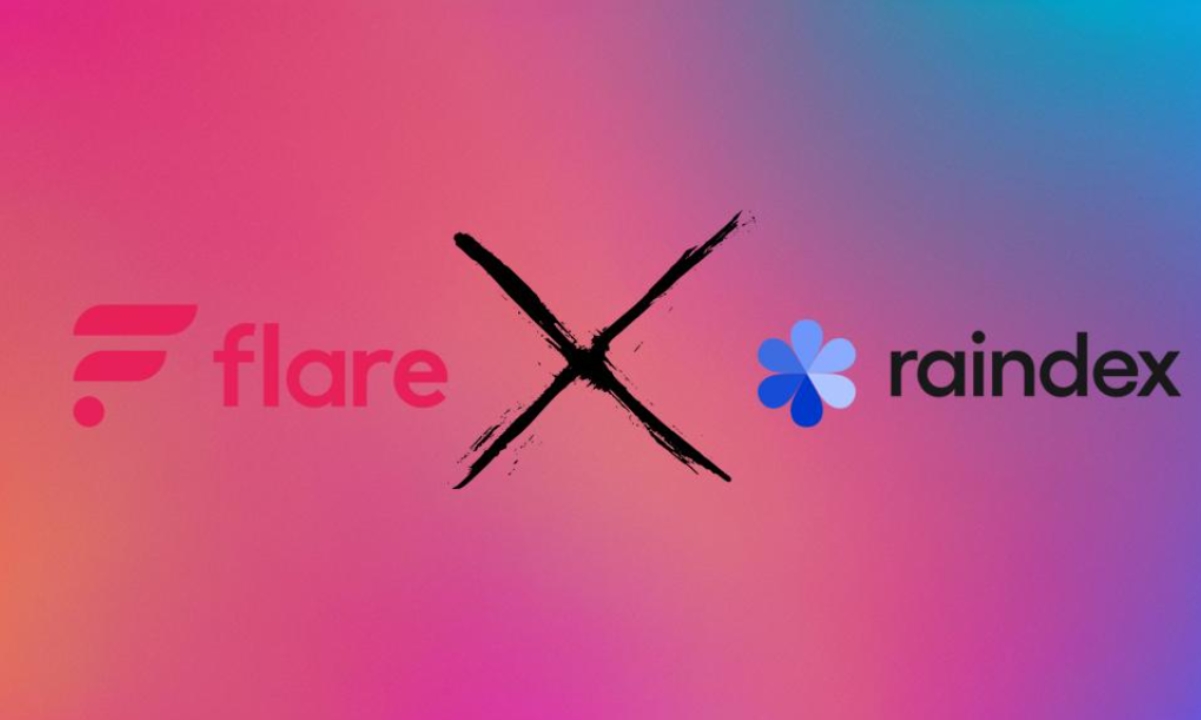
Modern blockchain networks are increasingly utilizing a layered architecture to enhance scalability and versatility. This approach, known as blockchain layering, involves dividing different functionalities into separate layers within the network, each serving a specific purpose.
The two most common layers found in blockchains are Layer-1 (L1) and Layer-2 (L2). L1 refers to foundational blockchain platforms like Bitcoin and Ethereum. These networks power their own native tokens, rewarding those who perform tasks such as cryptocurrency mining and transaction validation to secure the network. The native tokens facilitate transactions and value exchange within these platforms.
L2 networks, on the other hand, aim to increase the transaction throughput of L1 networks, enabling faster processing. They are often referred to as scaling solutions and help alleviate the congestion experienced by traditional L1 networks like Bitcoin and Ethereum. L2s expedite transactions and reduce network fees while leveraging the security of the main L1 network.
Arbitrum and Polygon are examples of well-known L2 networks designed to address Ethereum’s slow transaction speeds and high gas costs. These L2s have facilitated breakthrough innovations in decentralized finance, allowing for rapid and sophisticated trading.
L3 networks are a more recent innovation that not only accelerate transactions and reduce fees but also provide advanced customization, improved security, and privacy.
One early L3 network is StarkWare, which proposed a multi-layered architecture built on top of Ethereum. StarkWare developed both an L2 and an L3, with the former serving as a general-purpose scaling solution and the latter enabling more customizable scaling. Projects utilizing StarkWare’s L3 leverage customized circuits to enhance performance for specific decentralized finance applications.
A more recent L3 innovation is Yellow Network, an automated smart clearing protocol that acts as a clearing house in traditional finance. It serves as a mediator between crypto exchanges and market makers, facilitating high-frequency trading off-chain while resolving transactions on-chain.
Orbs is another L3 network aiming to provide higher transaction throughput at lower costs for decentralized apps (dApps). It leverages the security of L1 networks, the scalability of L2s, and adds its own smart contract deployment layer to enhance the functionality of the Ethereum Virtual Machine. Orbs enables dApps to increase compliance and perform complex transactions.
L3 networks like Yellow Network can aggregate liquidity across platforms and blockchains, reducing market fragmentation and improving pricing for smaller and specialized market participants. These networks provide an enhanced connectivity layer, bringing ecosystems closer together and allowing for more collaborative interactions between dApps.
One significant advantage of L3 networks is their ability to customize economic incentives, governance mechanisms, and rules for each dApp, resulting in better user experiences.
While L2 networks have already proven their value in the blockchain ecosystem, it is likely that the future of blockchain lies in multi-layered networks. L3 networks enable unprecedented scalability while offering increased functionality for dApps. This opens the door for widespread blockchain adoption across various industries.






